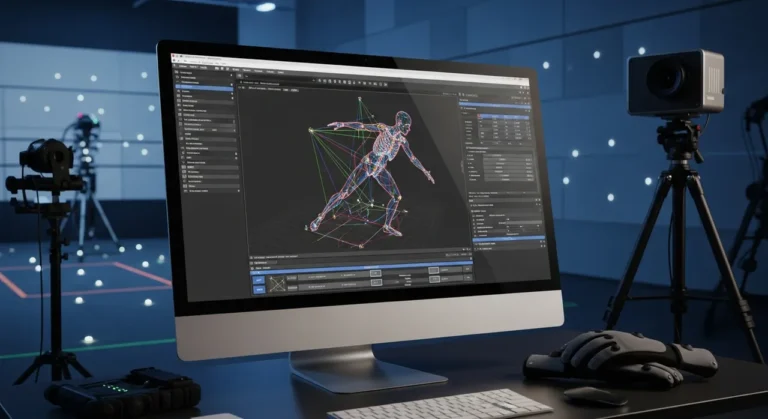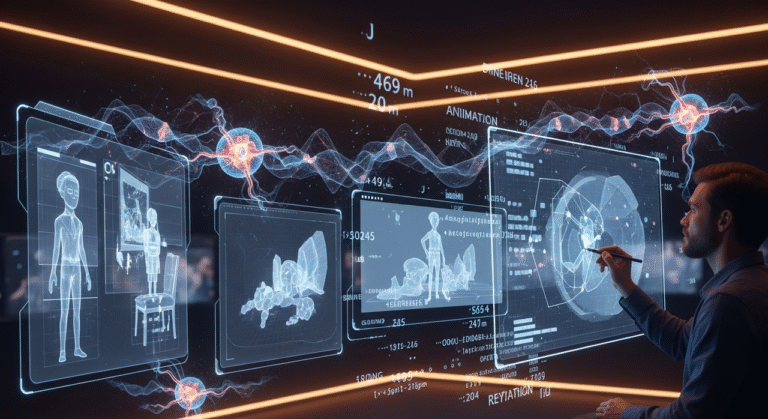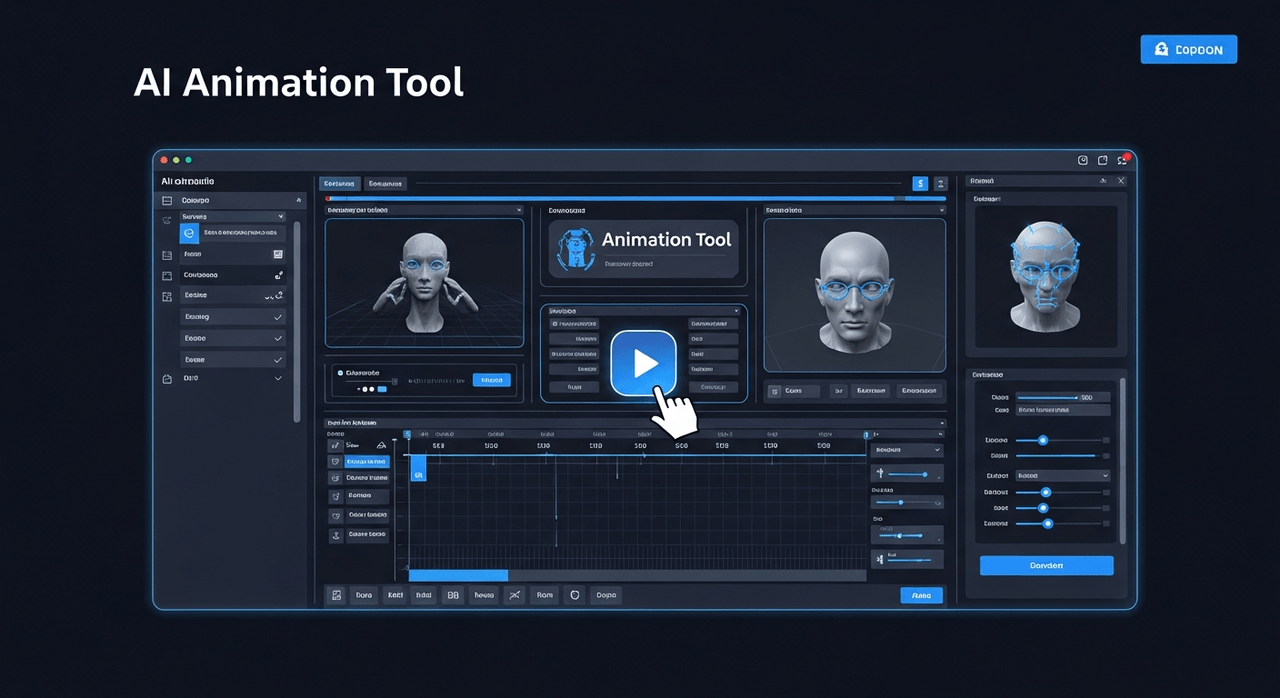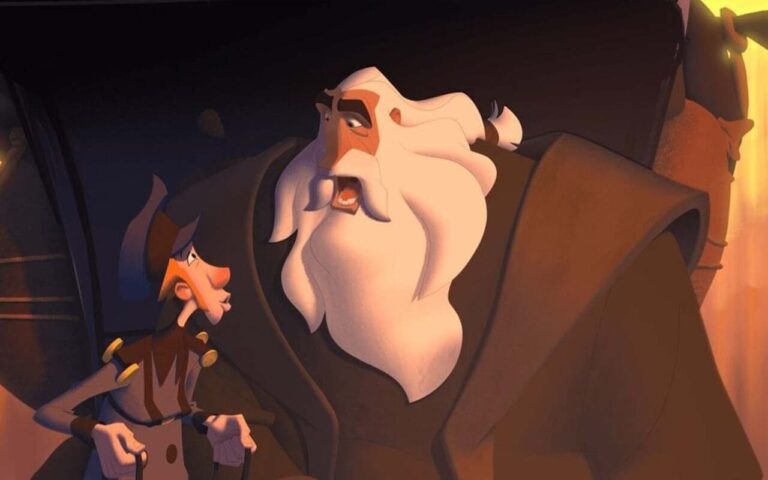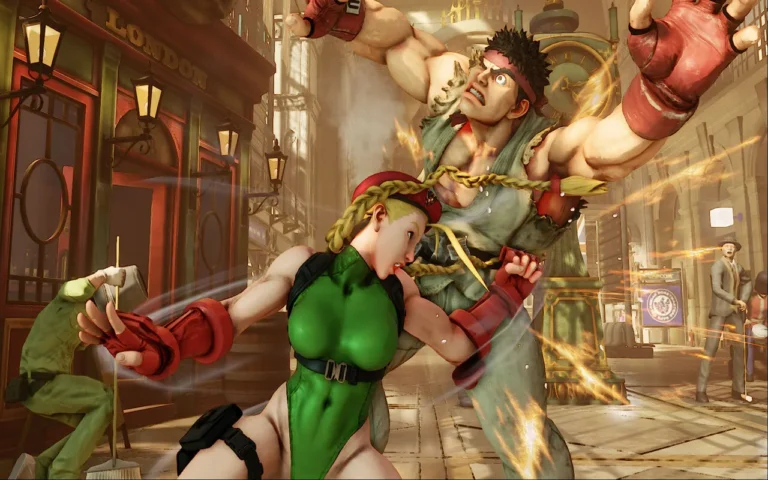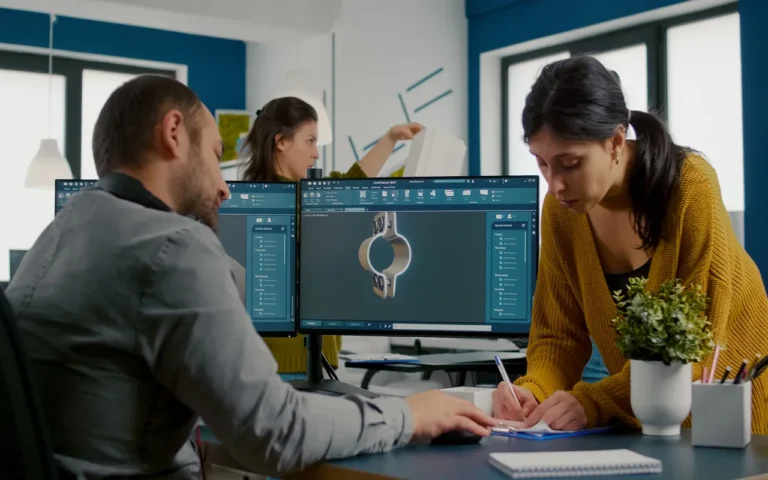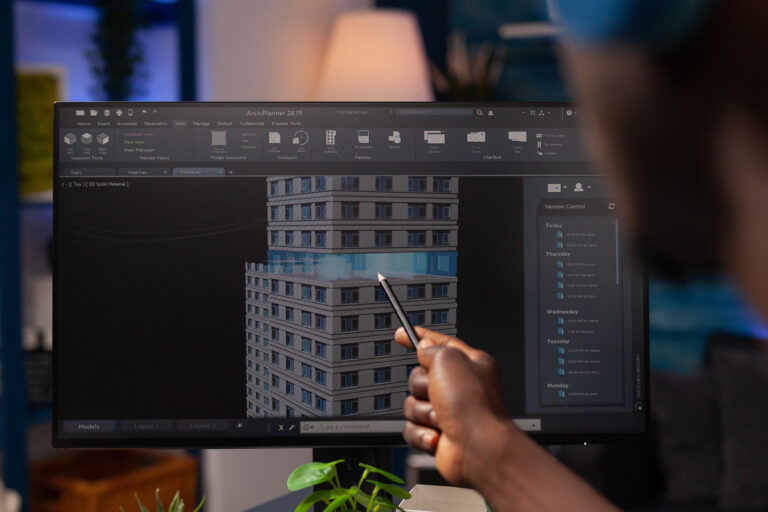Solid drawing is a foundational rule among the 12 principles of animation, originally codified by Disney animation legends Ollie Johnston and Frank Thomas in their book, The Illusion of Life. It serves as the critical, unseen structure behind all great animation, spanning from classic 2D to modern 3D, and is used by every professional animation studio.
Essentially, solid drawing requires the animator to draw and conceptualize characters and objects as if they have a genuine three-dimensional existence. This principle is what grants movement its life, depth, and believability, making the audience sense a character’s weight, balance, and rhythm.
In this article, we will break down the fundamental components of solid drawing, provide effective mastery techniques, and stress why it’s a non-negotiable skill for all animators.
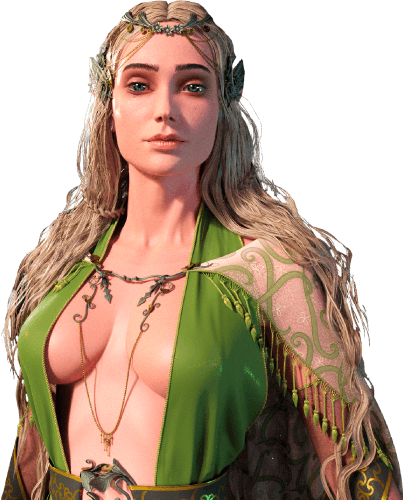
Need Animation Services?
Visit our Animation Service page to see how we can help bring your ideas to life!
What Are the Core Elements of Solid Drawing?
Solid drawing relies on five crucial and interconnected concepts: Form, Volume, Proportion, Perspective, and Shape Language. Together, these elements enable animators to move beyond flat depictions, creating living and breathing characters that move convincingly within a scene.
Grasping these concepts transforms simple sketches into compelling, dynamic performances that bridge the conceptual gap between static art and fluid animation.
Form
This element establishes the object’s three-dimensional existence. By conceptualizing everything as a composite of fundamental shapes, such as spheres, cylinders, and cubes, animators can maintain structural consistency and depth regardless of the viewing angle.
Form ensures your character has a sculptural quality rather than a flat one, making movement feel grounded and authentic. For example, even stylized characters like Sonic or Mickey Mouse maintain strong forms beneath their simplicity, ensuring clarity in movement.
Volume
Volume gives your characters mass and weight. It prevents bodies and limbs from distorting or “deflating” in an unrealistic way during motion. Maintaining consistent volume ensures the animation is physically convincing and coherent.
In 3D, volume preserves mesh integrity; in 2D, it’s about delicate exaggeration without distortion. Volume implies the physical presence that makes your audience believe your characters could occupy real space.
Proportion
Proportion concerns the visual balance and harmony among a design’s components. Accurate proportions create aesthetic appeal, while deliberate exaggeration conveys specific style or emotion. Understanding proportion helps animators design characters that are expressive yet structurally sound, maintaining believability across scenes.
For instance, Pixar often manipulates proportion to highlight character traits, like Remy’s large head and eyes in Ratatouille, to highlight curiosity and innocence. Understanding this helps animators design structurally robust yet highly expressive characters.
Perspective
Perspective grants drawings spatial depth, allowing viewers to accurately gauge where characters are situated, moving, and interacting. A firm command of one-, two-, and three-point perspective is essential for correctly placing forms and convincingly animating their movement.
Even highly stylized or cartoony work depends on perspective for visual logic. Many professional animators practice rotating characters in perspective to train their spatial awareness and camera composition skills.
Shape
Shape is the fundamental visual tool for clarity and the character design process. Effective shape language makes silhouettes readable, emotions clear, and personalities distinct. Animators use shape contrast (like curved vs. sharp or tall vs. short) to amplify mood and support visual storytelling.
For instance, the roundness of Baymax in Big Hero 6 implies warmth, while the sharp angles of Maleficent immediately suggest danger. Mastering shape language ensures your animation communicates instantly, even without dialogue.
What Techniques Help Animators Master Solid Drawing?
While understanding the theory of solid drawing is necessary, achieving mastery requires focused, consistent practice. The following are industry-tested methods animators use to sharpen their sense of form, volume, and structural integrity in motion.
Life of Action
Capturing life in motion, also known as “gesture drawing”, is the soul of solid drawing practice. This practice involves quickly capturing the rhythm, energy, and underlying intention of movement, prioritizing flow over anatomical details.
Gesture drawing builds an instinct for dynamic posing and expressive animation, whether sketching people in real life (like in a cafe) or studying slow-motion footage.
Turnarounds
A turnaround means challenging you to draw a character design from all key angles (front, side, three-quarter, etc.). This exercise forces spatial consistency and ensures your forms maintain integrity during movement.
Turnarounds are critical in professional pipelines, helping modelers, riggers, and animators stay visually aligned. The better your turnaround, the easier it becomes to animate complex camera movements.
Life Drawing
Drawing from live models remains the ultimate training method for animators. Observing natural human anatomy and posture deepens your understanding of balance, gesture, and emotion.
It sharpens the eye for subtle movements, such as weight shifts, which are key to bringing characters to life. Frequent life-drawing sessions allow you to go beyond copying to interpreting human behavior through expressive lines.
Lighting
Lighting defines structure. Knowing how light falls upon and shapes form allows you to transform flat sketches into dimensional compositions.
Animators study lighting to control realism, focus, and mood. Practicing rendering simple shapes under varied light sources and applying these insights to characters.
Reference
Great animators, from Glen Keane to Hayao Miyazaki, ground their imagination in real-life observation. Recording yourself or studying a video reference allows you to analyze timing, spacing, and the weight of motion. Using references teaches why things move, enabling exaggeration or stylization rather than guesswork.
What Are the Benefits of Mastering Solid Drawing?
Solid drawing improves every facet of the animation pipeline, from conception to final performance. It sharpens your understanding of structure, balance, and rhythm, enabling you to create characters that feel more natural and emotionally resonant.
For 2D animators, solid drawing guarantees drawings appear alive and consistent across frames. For 3D animators, it is fundamental for expert posing, effective camera composition, and impactful visual storytelling.
In professional settings, solid drawing also enhances collaboration by clearly communicating the animator’s intent between various departments. Crucially, it builds confidence in drawing or posing any subject convincingly from any viewpoint.
What Tools and Practices Make Up a Solid Drawing Toolkit?
Mastering solid drawing requires a combination of practical tools and disciplined routines. This toolkit emphasizes consistent, focused study supported by the right habits, rather than expensive software.
Start with a dedicated sketchbook for studies of gesture and form. Practice daily using basic shapes to strengthen your structural sense.
Utilize digital animation software such as Toon Boom Harmony, TVPaint, Procreate, or Clip Studio Paint for fast-turnaround exercises. Supplement your workflow with anatomy guides, lighting models, and video references.
Joining online communities or participating in figure-drawing challenges helps maintain accountability. The more you draw, the more instinctive your spatial reasoning and design clarity become. Eventually, these tools feel like natural extensions of your artistic vision.
Final Words
Solid drawing is more than a technical exercise; it’s a mindset. It trains you to think spatially, to feel the mass of your characters, and to infuse every motion with emotional depth. Every legendary animator began by mastering this principle, and all contemporary artists continue to hone it.
Continue observing, sketching, and studying motion. Whether you are animating in 2D, sculpting in 3D, or focusing on character design, solid drawing remains the bedrock of visual storytelling.
